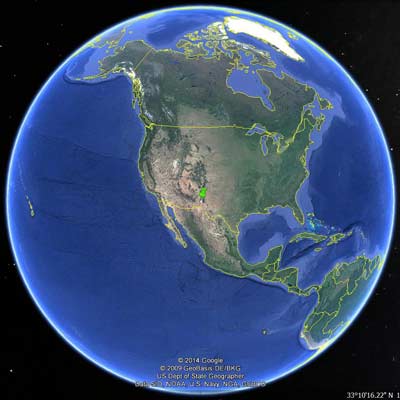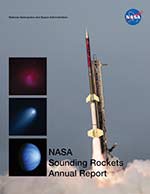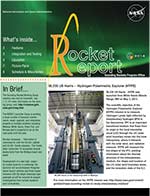
36.314 NS CIRTAIN/NASA MARSHALL SPACE FLIGHT CENTER
High Resolution Coronal Imager (Hi-C)
- Mission
- Vehicle
- Launch
- Photos
This mission was the second flight of the High-resolution Coronal Imager (Hi-C). Hi-C is a pathfinder mission designed to place significant new limits on theories of coronal heating and dynamics by measuring the structures at size scales relevant to reconnection physics. The Hi-C instrument uses normal-incidence EUV multilayer technology, as developed in the Normal Incidence X-ray Telescope (NIXT) and Transition Region And Coronal Explorer (TRACE) programs. A dual-channel long focal-length telescope and large format back-illuminated CCD camera provide spectroscopic imaging of the corona at 0.1 arcsec resolution.
The main objective of the Hi-C investigation is to determine the geometric configuration and topology of the structures making up the inner corona. The secondary objective is to examine the dynamics of those structures, within the constraints of the 300-seconds of observing time available from a sounding rocket. The mission is designed to study the mechanisms for growth, diffusion and reconnection of magnetic fields, and to help understand the coupling of small-scale dynamic and eruptive processes to large-scale dynamics. Hi-C will benefit from a unique coordinated observation opportunity with investigations such as Atmospheric Imaging Assembly (AIA) on SDO, X-ray Telescope (XRT) on Solar-B, and Solar and Terrestrial Relations Observatory (STEREO). Hi-C will address basic plasma physics science goals of the Sun Solar System Connections (SSSC) by observing the small-scale processes that are ubiquitous in hot magnetized coronal plasma. The scientific objectives of Hi-C are central to the SSSC goal of understanding the Sun’s activity and its effects on the terrestrial environment, by providing unique and unprecedented views of the dynamic activity in the solar atmosphere. The Principal Investigator is Dr. Jonathan Cirtain/NASA Marshall Space Flight Center.
For more information, visit: http://www.nasa.gov/centers/marshall/news/news/releases/2016/hi-c-to-show-the-sun-s-corona-in-sharp-detail.html

The Hi-C mission was launched on July 27, 2016 from White Sands Missile Range, NM.


